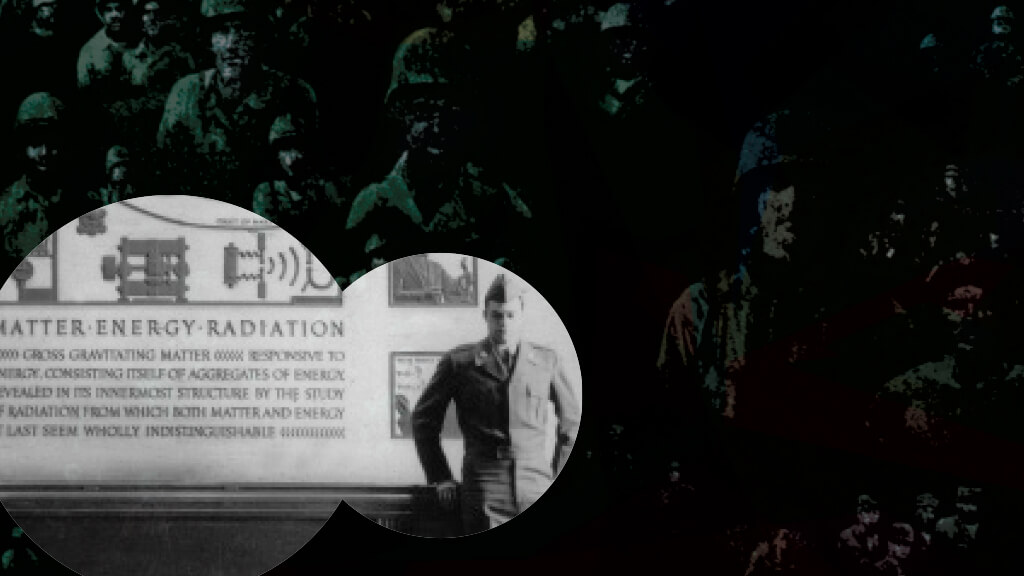I started college in 1947. Most of the other students in my classes were returning veterans, ten or so years older than I was. That was just three years after President Roosevelt had signed Public Law 346, The Servicemen’s Readjustment Act. But everyone simply called it the GI Bill. It gave tuition, books, and college living expenses to returning veterans.
A predictable outcry against federal spending had greeted the Bill. It would shelter slackers, too lazy to go back to work. Legislators passed it only because they expected no more than one GI in ten would ever make use of it. A premature 1945 headline in the Saturday Evening Post announced that, “GI’s Reject Education.” What a spectacular miscalculation that was! The next year, a million ex-servicemen (and some women) were already back in school. I graduated from Oregon State College in 1951. Our classes of ’50 and ’51 were, by far, OSC’s largest engineering classes ever.
Colleges across America groaned under the load. Oregon State threw up prefab quarters in their mud flats – shabby Quonset-hut housing for married students. No “Joe College” days for those guys! America had expected a few slackers. Instead, they got an army of the hardest working people I ever met. Colleges tried to cope with their numbers by running the workloads up to the sky. They hoped the slackers would drop out and make room for the rest.
But those students had seen war. This hardship was a piece of cake. I was surrounded by officers and infantrymen back from the valley of the shadow of death. One classmate, in his late 40s, had been a general. Their faces were somber, their emotions in check. And I was honored to be accepted as a part of it all.
Art Winship had suffered polio in the service. He rode his wheelchair back and forth to classes. Handicap access was unheard of in those days. The four of us nearest him grabbed his chair each day and lugged him up two flights. Art’s disability was one more shared cost of a terrible war. Those people understood community. So the nation educated the survivors of war. People for whom college would’ve been an unimaginable privilege in 1939 were now in school. I was the youngest member of that class and missed out on many rites of youth. But no matter: I was privileged to watch history unfolding around me.
Our government never made a wiser investment. We democratized education. We gave new purpose to our universities. We brought a generation back into the American mainstream. We did it all in one stroke. Later, I came back from my own turn in the Army, to do graduate study on the GI Bill. What America had done for a whole generation a few years before, she now did for me as well. But my good fortune aside: I’m more grateful to those legislators on behalf of those millions of WWII veterans. They’d saved the world from fascism. Now America equipped them to keep shaping America in the years that followed.
E. Kiester Jr., The G.I. Bill May Be the Best Deal Ever made by Uncle Sam. Smithsonian, 1994, pp. 128-139.
K. W. Olson, The G. I. Bill, the Veterans, and the Colleges.
(Lexington, KY: The University of Kentucky Press, 1974).



